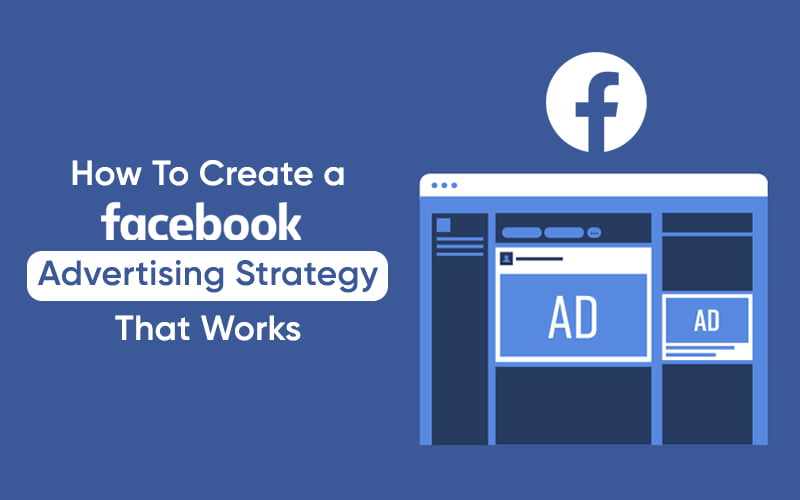Advertisers can create ads that appear in the news feed, in the right-hand column, or in Facebook’s other properties such as Instagram, Messenger, and the Facebook Audience Network.
Advertisers can choose from a variety of ad formats, including images, videos, carousels, and more, to best fit their marketing goals and message. They can also target their ads to specific demographics, interests, behaviors, and locations, making Facebook advertising a highly customizable and effective way to reach potential customers.
One of the advantages of Facebook advertising is its targeting capabilities, which allow advertisers to reach a specific audience based on a wide range of criteria. Facebook’s vast user data and its integration with third-party data providers make it possible to reach a highly targeted audience with precision.

In addition, Facebook’s advertising tools offer advertisers a wealth of data and insights into the performance of their campaigns. This data can be used to continuously optimize and refine campaigns, making Facebook advertising a highly efficient and cost-effective way to reach a large and engaged audience.
Creating a successful Facebook advertising strategy requires careful planning and execution. Here are some steps you can follow to create an effective strategy:
- Define your target audience: Understanding who your target audience is will help you create ads that are relevant and appealing to them. Facebook’s targeting options allow you to select specific demographics, interests, behaviors and locations.
- Set your goals: Determine what you want to achieve with your Facebook ads. Whether it’s increasing brand awareness, driving traffic to your website, or generating leads, having clear goals will help you measure the success of your campaign.
- Choose the right ad format: Facebook offers several ad formats, including images, videos, carousels, and more. Choose the format that best suits your goals and the type of message you want to convey.
- Create visually appealing ads: Your ad should catch the attention of your target audience and stand out in their newsfeed. Use high-quality images or videos, and consider using eye-catching design elements such as text overlays or animation.
- Optimize for mobile: Most Facebook users access the platform through their mobile devices, so it’s important to optimize your ads for a mobile experience.
- Test and measure results: Running A/B tests on different elements of your ads can help you determine what’s working and what’s not. Use Facebook’s analytics tools to track the performance of your ads and make data-driven decisions.
- Adjust and refine: Based on your results, make adjustments to your ad strategy and refine your targeting, messaging, and creativity to achieve better results.

Advantages of Facebook advertising
There are several advantages of Facebook advertising, including:
- Huge audience: Facebook has over 2.8 billion monthly active users, making it one of the largest advertising platforms in the world. This provides advertisers with a vast pool of potential customers to target.
- Targeting capabilities: Facebook’s targeting options allow advertisers to reach specific demographics, interests, behaviors, and locations, making it possible to reach a highly targeted audience with precision.
- Cost-effective: Facebook advertising can be a cost-effective way to reach a large audience compared to traditional advertising methods. Advertisers can set a budget and bid for ad space and only pay when someone clicks or engages with their ad.
- Multiple ad formats: Facebook offers a variety of ad formats, including images, video, carousel, and more, allowing advertisers to choose the format that best fits their marketing goals and message.
- Data and analytics: Facebook provides advertisers with a wealth of data and insights into the performance of their campaigns. This data can be used to continuously optimize and refine campaigns, making Facebook advertising a highly efficient and cost-effective way to reach a large and engaged audience.
- Measurable results: Facebook’s advertising tools provide advertisers with the ability to track the performance of their campaigns and measure the results. This allows advertisers to make data-driven decisions and see a return on their advertising investment.
Thus, Facebook advertising provides businesses of all sizes with an effective and cost-efficient way to reach a large and highly targeted audience, build brand awareness, drive traffic, and generate leads. By following these steps and continuously testing and refining your strategy, you can create an effective Facebook advertising campaign that helps you reach your goals.
Overall, Facebook advertising can be an effective tool for businesses of all sizes to reach their target audience, build brand awareness, drive traffic, and generate leads.
